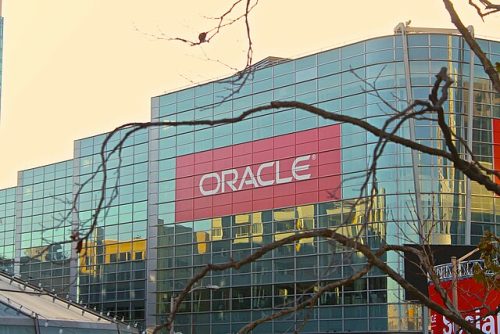In a recent announcement, Oracle revealed the restricted availability of Oracle Cloud Infrastructure (OCI) Generative AI, aimed at facilitating seamless integration of AI into business applications. The capabilities of Oracle Database 23c's AI Vector Search will supplement this managed service by utilizing Oracle's robust cloud infrastructure and the Cohere enterprise AI platform. This feature, utilizing pretrained LLMs and proprietary business data, is set to significantly enhance answer accuracy.
Oracle Fusion Cloud Applications Suite, Oracle NetSuite, and specialized applications like Oracle Cerner are slated to harness OCI Generative AI, thereby fortifying their offerings with generative AI capabilities.
Furthermore, Oracle introduced a range of OCI instances powered by cutting-edge hardware, including Nvidia H100 Tensor Core GPUs, L40S GPUs, and Ampere AmpereOne CPUs. These instances are poised to make cloud-based operations such as training, fine-tuning, AI model inference, cloud-native, and video transcoding more accessible and efficient for organizations, ultimately optimizing the price-performance ratio.
Clay Magouyrk, Executive Vice President of Oracle Cloud Infrastructure, emphasized the unique industry knowledge that underpinned the development of OCI Generative AI. He stated, "Oracle's unique industry knowledge has enabled us to create state-of-the-art generative AI services for organizations to automate their processes, make better decisions, and improve customer experiences."
The OCI Generative AI service features three distinct models: Command, for generating text from user prompts; Summarize, which abstractively summarizes parameters like legal and technical information; and Embed, designed to convert text into numerical vectors comprehensible to models.
Oracle has not only introduced new services but also enhanced existing ones. Customers can now seamlessly integrate LLMs and other generative capabilities into Oracle Digital Assistant, expanding the scope of AI integration. In healthcare, OCI Language Healthcare NLP employs natural language processing to provide valuable insights from clinical trial notes, patient progress records, and electronic health data. Users can now perform document translation across various formats, including Word, PPT, HTML, JSON, and Excel.
Additionally, OCI Vision has been bolstered with face and feature recognition capabilities for images, while OCI Speech now includes diarization to embed speaker information into transcribed audio. Data science teams can benefit from the Feature Store, an addition by OCI Data Science that streamlines the management of features.
Moreover, for customers with intensive computing needs, Oracle is introducing Nvidia H100 and L40S GPU bare metal OCI compute instances. These cater to a wide spectrum of AI model training requirements, from large-scale models with H100 to smaller to mid-sized models with L40S.
In the pipeline, Oracle plans to launch OCI Compute A2 Instances with Ampere AmpereOne CPUs, offering up to 320 cores on bare metal and 156 cores in flexible VM instances. These instances will be tailored for tasks such as web server operations, video transcoding, and CPU-based AI inference requests.
While Oracle's extensive app catalog gives it a competitive edge in the cloud service arena, it's worth noting that the company entered the cloud market later than some of its rivals. John Dinsdale, Principal Analyst of Synergy Research Group, highlighted that Oracle's market share, while growing, currently stands at 2%, a testament to its potential in the industry.
























